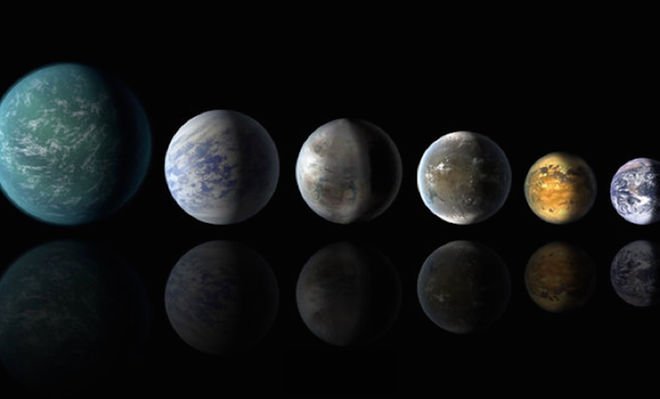
All seven roughly match the size and mass of our own planet and three are perfectly perched to harbour life-nurturing oceans of water, they reported in the journal Nature. Most critically, their proximity to Earth and the dimness of their red dwarf star, called Trappist-1, will allow astronomers to parse each one's atmosphere in search of chemical signatures of biological activity.
"We have made a crucial step towards finding life out there," said co-author Amaury Triaud, a scientist at the University of Cambridge. "Up to now, I don't think we have had the right planets to find out," he said in a press briefing. "Now we have the right target."
Published in The Express Tribune, February 23rd, 2017.


1725030039-0/Untitled-design-(2)1725030039-0-165x106.webp)
1725366721-0/kyle-(1)1725366721-0-165x106.webp)
1731410017-0/BeFunky-collage-(45)1731410017-0-165x106.webp)



1732707402-0/Untitled-design-(8)1732707402-0-270x192.webp)








COMMENTS (1)
Comments are moderated and generally will be posted if they are on-topic and not abusive.
For more information, please see our Comments FAQ